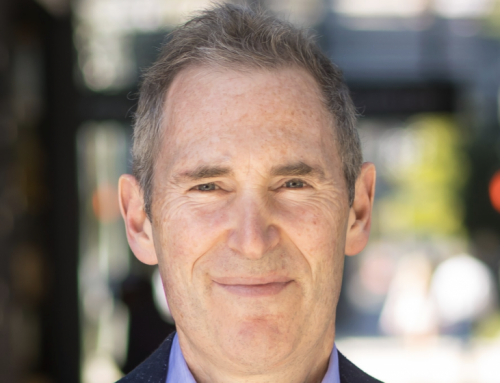AI Manipulation Enables Commercials to Invade Finished Video
Remember the Reese’s Pieces in Spielberg’s E.T.? That clever product placement was done by a stagehand. Now a marketing company has developed technology that can turn those Reece’s into M&M’s, Starburst or any other candy the company chooses. Ad blockers aren’t going to be useful for much longer.
According to an article by Donna Hu in newscientist.com, major entertainment companies including 20th Century Fox are now using artificial intelligence to digitally insert advertisements and products into movies and TV shows after they have been filmed.
A firm in the UK called Mirriad developed AI to insert ads just about anywhere in films and videos.
Imagine your favorite old movie suddenly has a Coke can sitting on the table next to Billy Crystal in When Harry Met Sally or Clark Cable in Gone With The Wind. It could be done flawlessly.
Hu points out the technique has been used to insert ads into shows such as Modern Family, produced by 20th Century Fox. In the U.S., Mirriad has also worked with Univision, NBC Universal and Sony Pictures Television so far. In Europe, Mirriad has partnerships with French broadcasters France Television and TF1, and with RTL in Germany.
In China, Mirriad-inserted ads have been seen by more than 100 million viewers on video-streaming website Tencent Video.
And Mirriad spokesman says they have plans under way to tailor these in-video ads to individual viewers. Tencent Video has the technology to show different advertisements to different people, but hasn’t yet launched the feature commercially, says Wang. “Our goal is definitely to go in that direction,” she says.
Take a scenario involving two people separately watching a television series. “You would be watching the exact same scene, but we would be seeing different things,” says Beringer⏤say, a silver or red car, or different variations of a brand of soft drink. Mirriad can produce several versions of each ad, and what the viewer sees would depend on how the entertainment company targets them.
“Consumers are not always aware that the commercial content is being blended in with the cultural content,” says Caroline Moraes at the University of Birmingham, UK. “There’s a blurring of lines.”
Tech also exists that can replace actors who may have passed away, duplicating their faces and voice through AI algorithms. It’s conceivable that classic modern films and TV shows may be completely altered in the future for marketing purposes on any given platform.








Leave A Comment